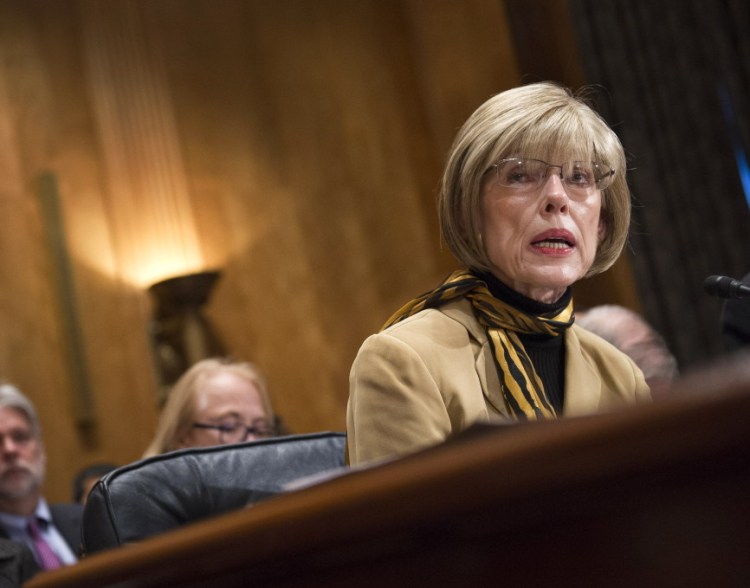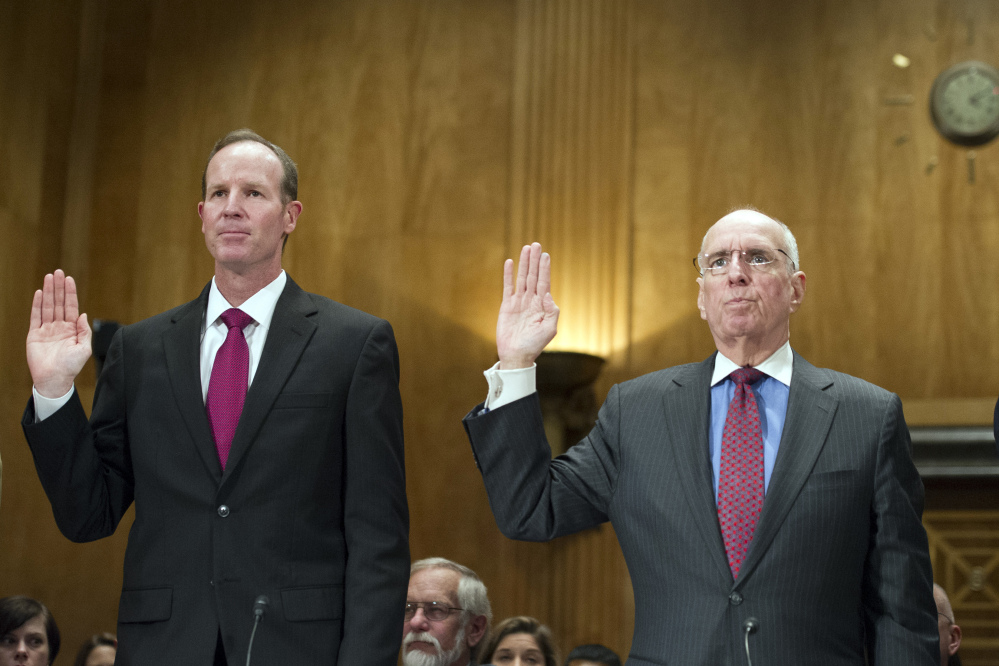WASHINGTON — Federal agencies made $125 billion in improper payments last year, including tax credits to people who didn’t qualify, Medicare payments for treatments that might not be necessary and unemployment benefits for people who were actually working, said a government report released Monday.
The level of improper payments was a new high after several years of declines. In addition to fraud, the errors included overpayments and underpayments, as well payments made without proper documentation.
While the errors were spread among 22 federal agencies, three programs stood out: Medicare, Medicaid and the Earned Income Tax Credit.
Together, the three programs accounted for more than $93 billion in improper payments, according to the report by the Government Accountability Office, the investigative arm of Congress.
“This taxpayer money was not spent securing our borders, it was not spent on national defense, and it was not spent contributing to a safety net for those in need,” said Sen. Ron Johnson, R-Wisc., chairman of the Senate Committee on Homeland Security and Governmental Affairs. “This is a problem that is going to get worse year after year if we do not get a handle on it now.”
Johnson’s committee held a hearing Monday on reducing improper payments by improving death records maintained by the Social Security Administration. Social Security has no death record for 6.5 million people who would be at least 112 years old, according to a report by the agency’s inspector general.
In reality, only a few could possibly be alive. As of last fall, there were only 42 people known to be that old in the entire world.
Only 13 of the people are still getting Social Security benefits, the report said. But for others, their Social Security numbers are still active, so a number could be used to report wages, open bank accounts, obtain credit cards or claim fraudulent tax refunds.
Social Security maintains a database of people who have died called the Death Master File, or DMF. It helps public agencies and private companies know when Social Security numbers are no longer valid for use.
“Their absence from the DMF could result in erroneous payments made by federal benefit-paying agencies that rely on the DMF to verify recipient eligibility,” said Patrick P. O’Carroll Jr., the Social Security inspector general. “It could also hinder state and local government and private industry – banks, insurance companies, and others – from identifying identity theft and other types of fraud.”
Social Security also makes mistakes by adding the names of people who are alive to the death list. Each year, the agency adds about 9,000 names to the death list of people who are still living, said Sean Brune, a senior adviser to the Social Security’s deputy commissioner for budget, finance, quality and management.
The agency adds 2.8 million names a year to the list so the error rate is less than 1 percent, Brune said. But the impact on a person’s life can be devastating.
Judy Rivers, a communications specialist living in Alabama, told the committee that Social Security has twice listed her as dead, once in 2001 and again in 2008. She couldn’t get a job, a bank account or a credit card. She couldn’t rent an apartment.
“Without a Social Security number, you can do nothing in the United States,” Rivers said.
Send questions/comments to the editors.




Success. Please wait for the page to reload. If the page does not reload within 5 seconds, please refresh the page.
Enter your email and password to access comments.
Hi, to comment on stories you must . This profile is in addition to your subscription and website login.
Already have a commenting profile? .
Invalid username/password.
Please check your email to confirm and complete your registration.
Only subscribers are eligible to post comments. Please subscribe or login first for digital access. Here’s why.
Use the form below to reset your password. When you've submitted your account email, we will send an email with a reset code.